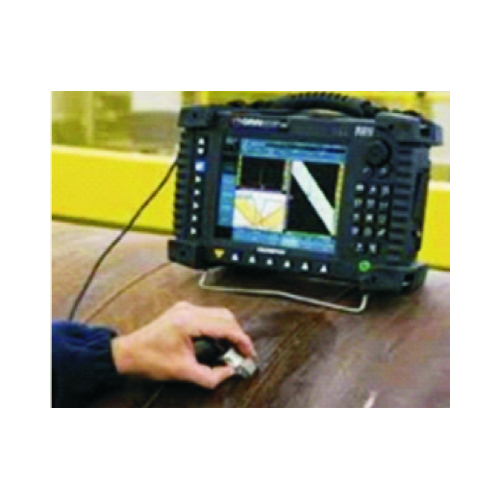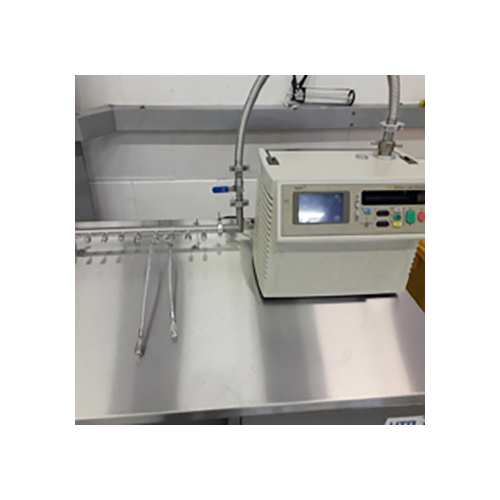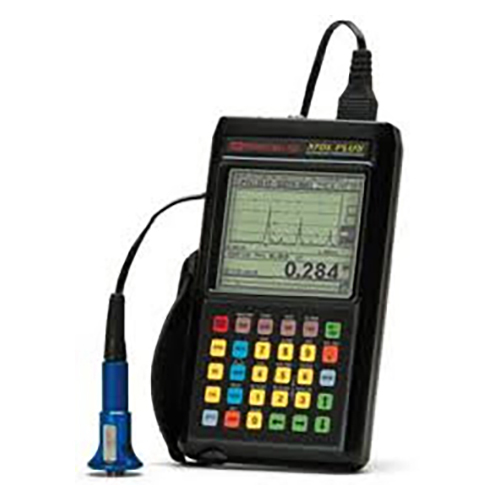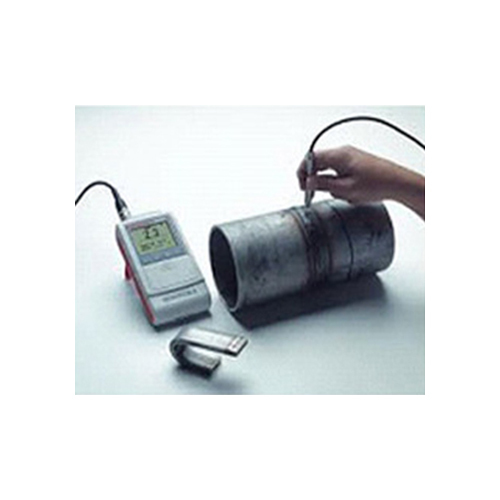Ultrasonic Testing Services
About Ultrasonic Testing Services
Ultrasonic Testing (UT) is a family of Non-Destructive Testing (NDT) techniques that utilize the propagation of ultrasonic waves to inspect objects or materials.
Methods of Ultrasonic Testing:
- Reflection (Pulse-Echo) Mode:
- In this method, the transducer performs both the transmission and reception of pulsed waves.
- The ultrasound waves reflect back from an interface, such as the object's back wall or an internal imperfection.
- The diagnostic machine displays these reflections as signals, with the amplitude indicating the reflection intensity and the distance representing the reflection's arrival time.
- Attenuation (Through-Transmission) Mode:
- This method involves a transmitter sending ultrasound waves through one surface, while a separate receiver detects the sound that has traveled through the material.
- Imperfections or inconsistencies in the medium reduce the transmitted sound, indicating their presence.
Enhancing Efficiency with Couplant:
Using a couplant significantly improves testing efficiency by minimizing energy loss caused by gaps between the transducer and the test surface, ensuring better transmission of ultrasonic waves.
Ultrasonic Testing is a precise and reliable method widely used for detecting flaws, measuring thickness, and ensuring material integrity across various industries.

Tell us about your requirement

Price:
Quantity
Select Unit
- 50
- 100
- 200
- 250
- 500
- 1000+
Additional detail
Mobile number
Email

 Send Inquiry
Send Inquiry






 Send Inquiry
Send Inquiry English
English Spanish
Spanish French
French German
German Italian
Italian Chinese (Simplified)
Chinese (Simplified) Japanese
Japanese Korean
Korean Arabic
Arabic Portuguese
Portuguese